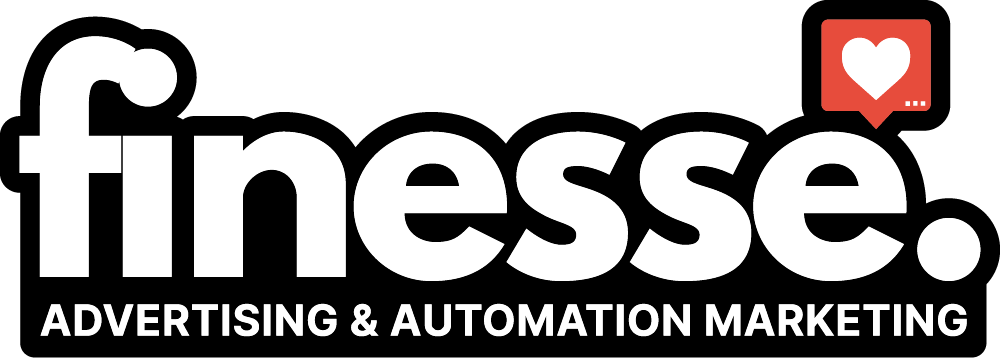For Business Owners & Agencies
Facing Disruptions With Their Advertising
There are several reasons why Facebook suspends accounts, and two main causes could have led to this suspension.
You have violated or appear to have broken a Facebook Ads Policy or something in their terms and conditions.
There is something suspicious in the behavior of your account, be it billing or otherwise.
The process seems quite simple, but the reasons are endless when broken down to the policy level. For most, finding the offense is like finding a needle in a haystack. To explain further, I have listed below the most common suspension types in no particular order concerning Facebook Ads.
The list of items below could be the reason Facebook suspended your account.
Although these aren't all the reasons, the ones listed are the most common. The reasons Facebook gives can often be too vague and can cover the account or site violations. Attempting to reinstate alone can often take time and effort.
Facebook is more apt to believe its system than the one that was suspended by it. We aim to determine why the system suspended you and help make it right.
When appealing, remember that there must be a valid reason for the violation and why it happened in the first place to ensure you won't appear as a repeat offender.
With a vast knowledge of how Facebook runs, their policy, how they think, and how the ads system scans, you will quickly get reinstated. Take the time to read Facebook's policies and run a clean account. Choose the safe option if you need help with what goes with and against the policies.
Appealing alone can often be frustrating because Facebook offers little help. Since people are looking to figure out Facebook's algorithm, they are strict about what information is directly given out.
Violating Facebook’s Ad Policies:
This includes promoting illegal products or services, misleading advertising, and infringing on intellectual property rights.
Suspicious Activity:
Activities such as logging in from different IP addresses, changing payment methods frequently, or drastic budget increases can trigger Facebook’s security systems.
Unusual Payment Activity:
Issues like late payments, using a payment method that doesn’t match the account’s location, or having multiple failed payment attempts can lead to suspensions.
High Negative Feedback:
Receiving a high percentage of negative feedback from users on your ads can result in account suspension.
Repeated Policy Violations:
Continuously violating Facebook’s ad policies, even after warnings, can lead to permanent account disabling.
Unclear or Misleading Landing Pages:
Ads that lead to landing pages that are unclear, misleading, or violate Facebook’s guidelines can cause account suspensions.
Using Prohibited Content:
Ads containing sensational, shocking, or disrespectful content, or those that imply personal attributes, can be flagged and lead to account disabling.
Multiple Accounts:
Managing multiple Facebook accounts, especially if they are used to manage the same business page, can result in suspensions due to policy violations.
Automated System Flags:
Facebook’s automated systems may flag accounts for various reasons, including unusual patterns or activities that seem suspicious, even if they are legitimate.
Failure to Comply with Regional Guidelines:
Ads that do not comply with specific regional guidelines, such as those for regulated products like tobacco or gambling, can lead to account suspensions.
Facebook believes it's up to you to figure out why you got suspended and expects you to fix it alone. Going through your site alone to locate the issue can be very time-consuming, as well as Facebook's support pages which can often be hard to understand for those who aren't advertising experts. No matter the suspension, be cautious not to do anything to compound the problem. Everything done from the point of rest onward can permanently mark your account and do more harm than good for your reinstating.
We are experts with Facebook's policies and an excellent reinstating source. Our fees are fair, response time is fast, easy to work with, and we offer support if a suspension occurs again. The bottom line is that we have the speed, ability, and experience that make us a great choice. We know how to fix Facebook ads suspensions for you!
2 Column
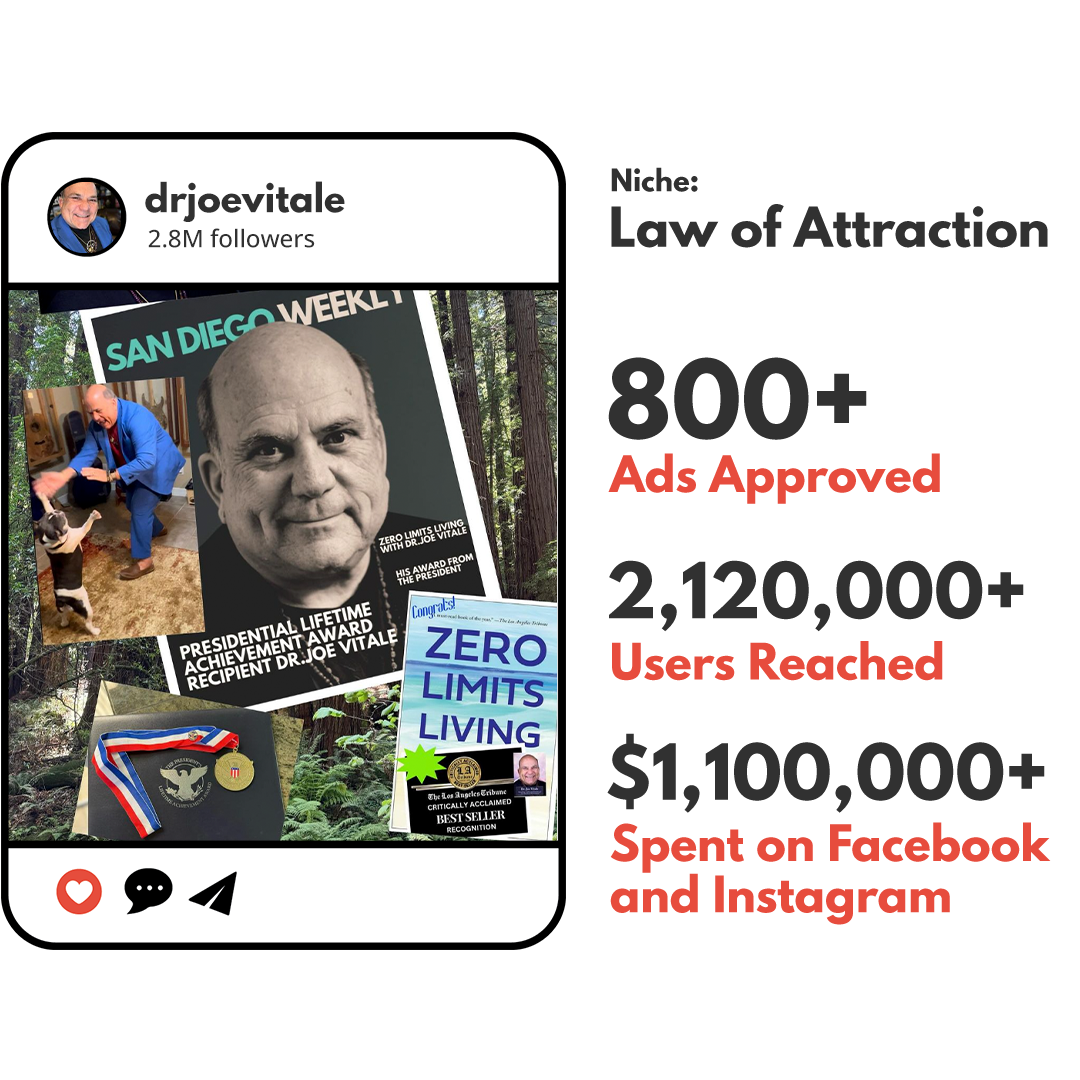
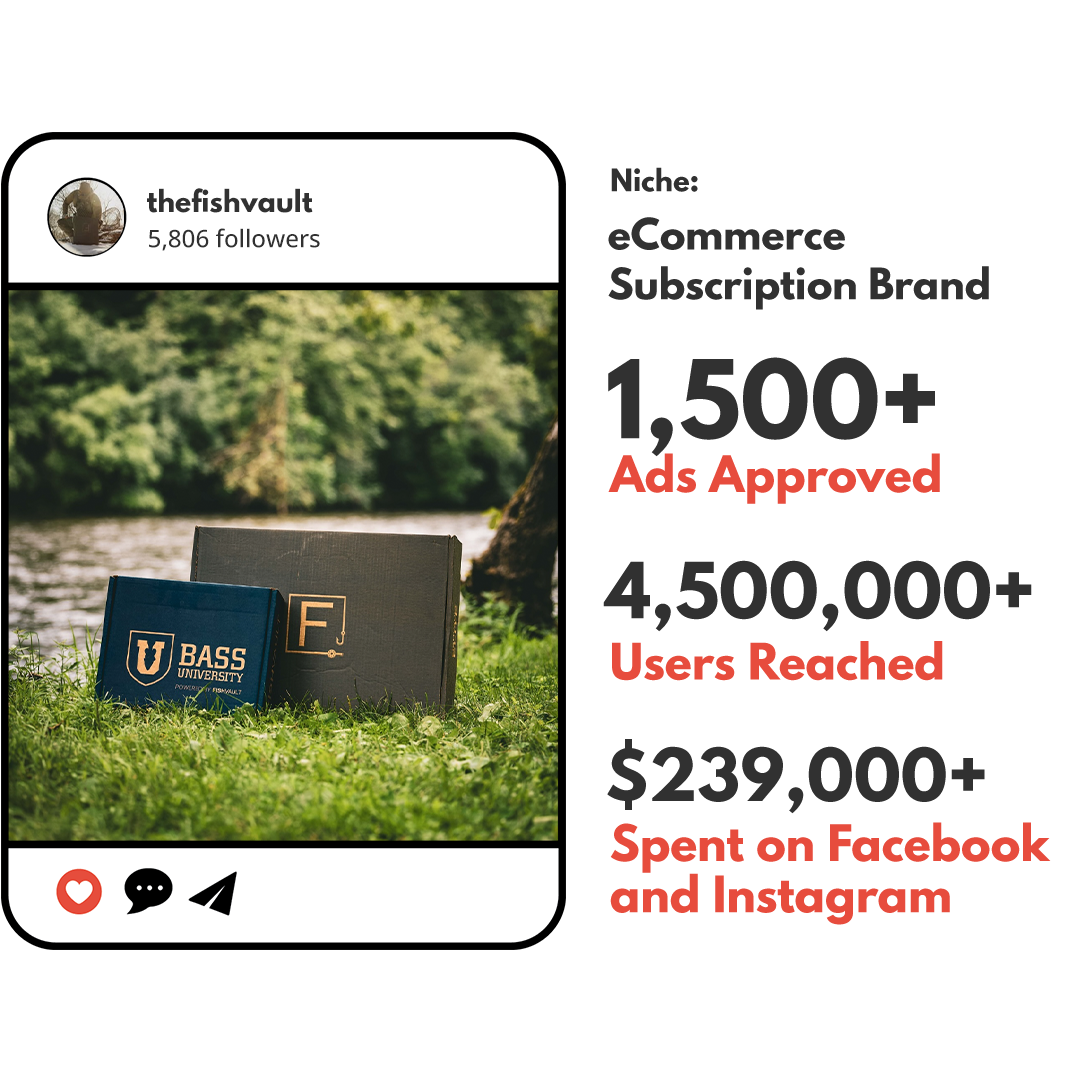
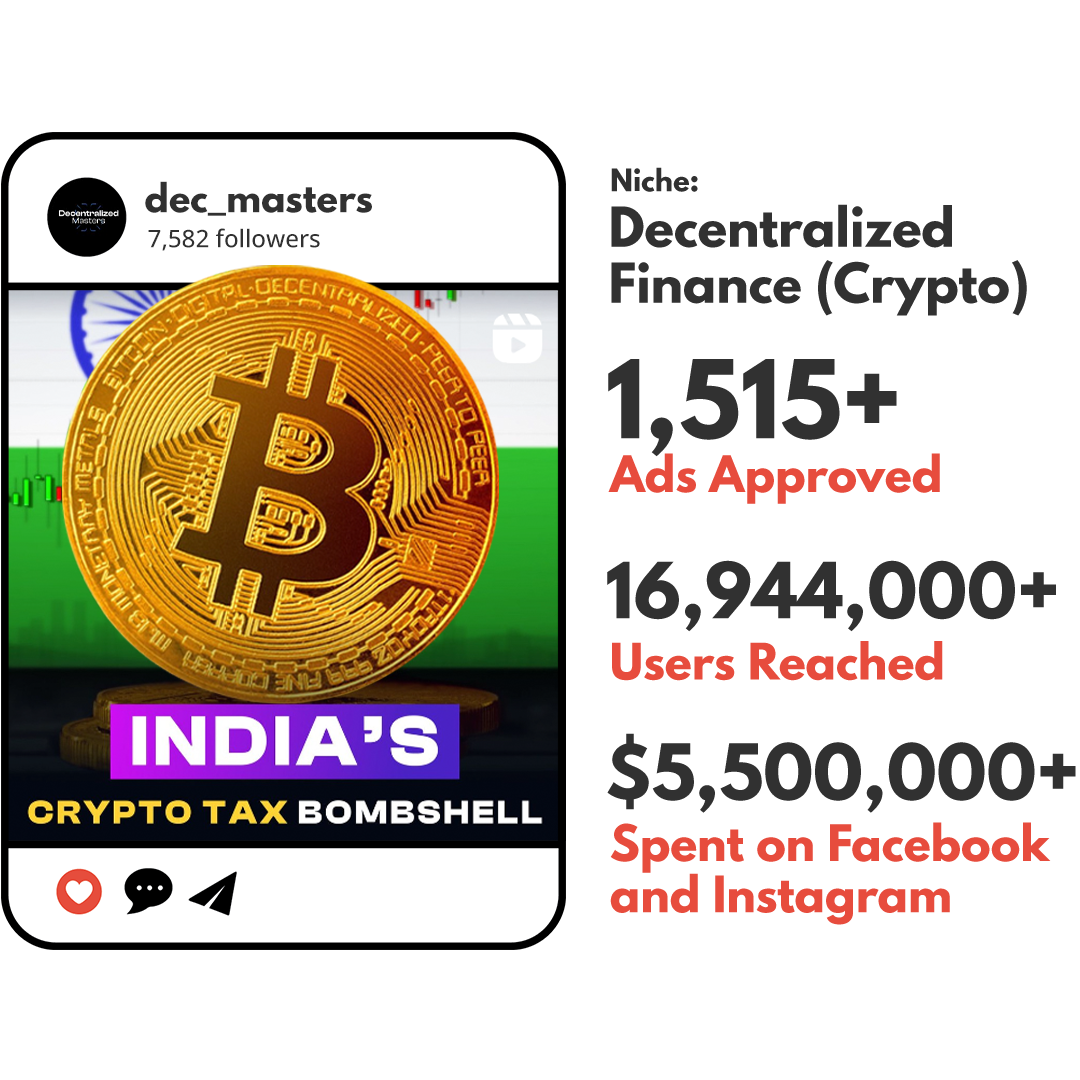
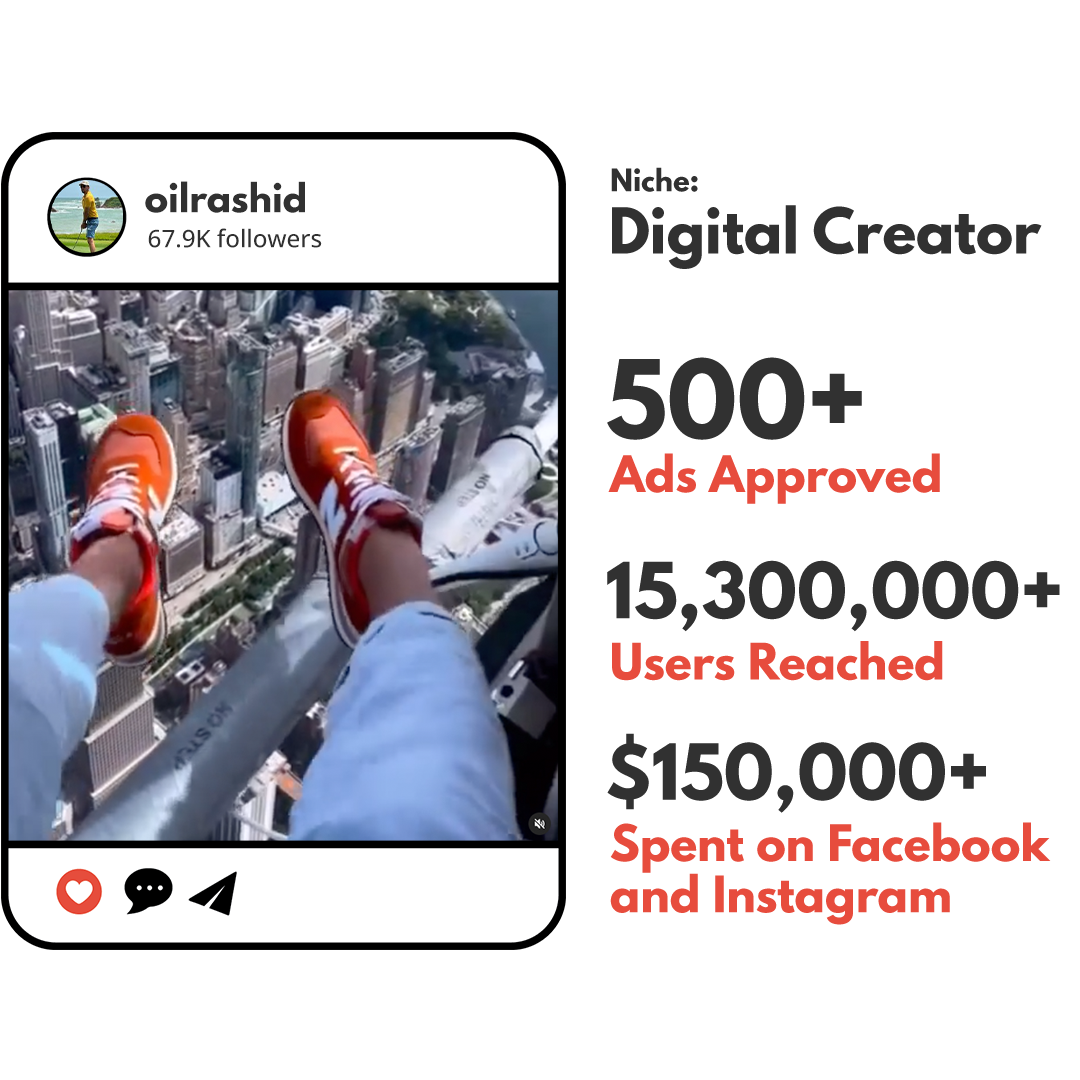

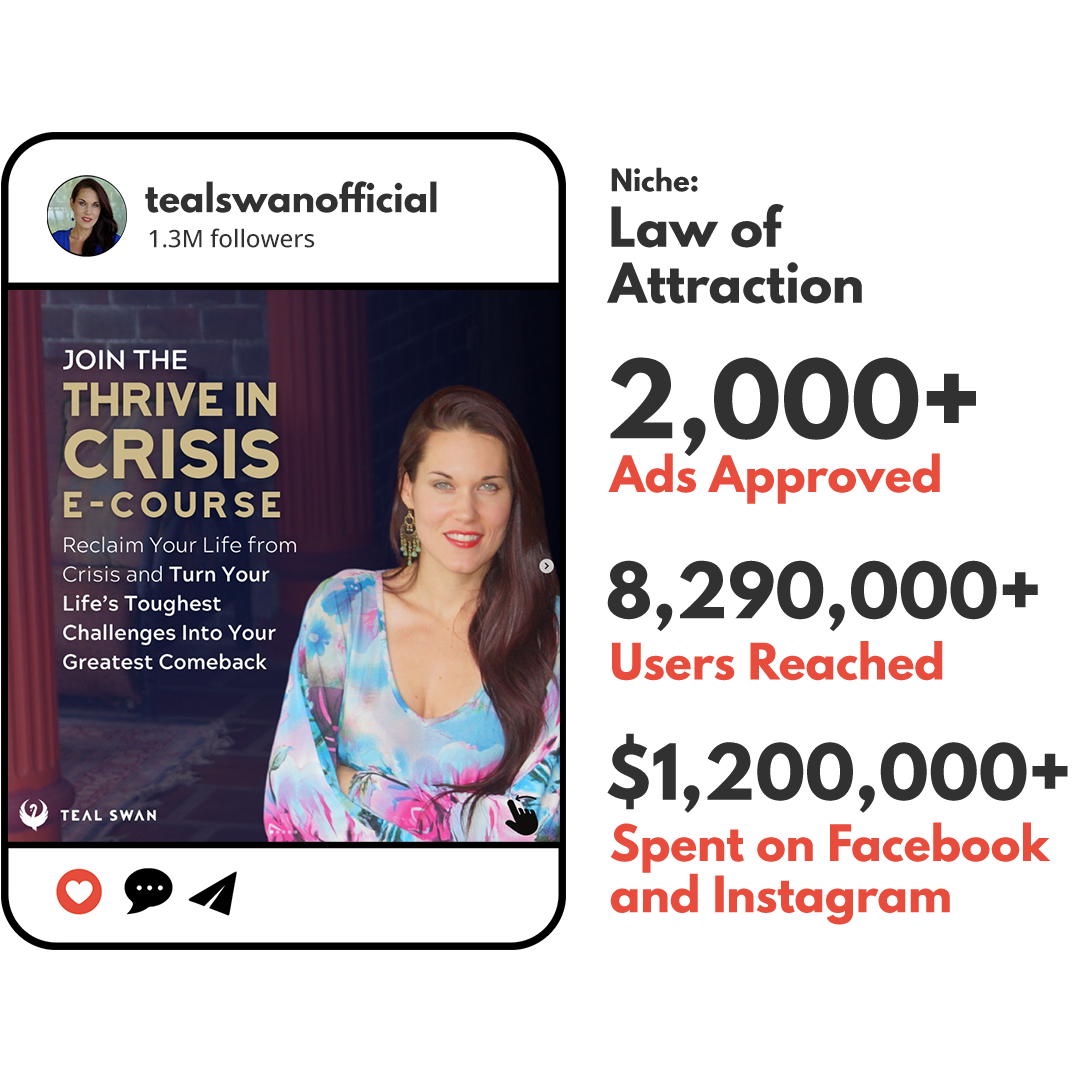
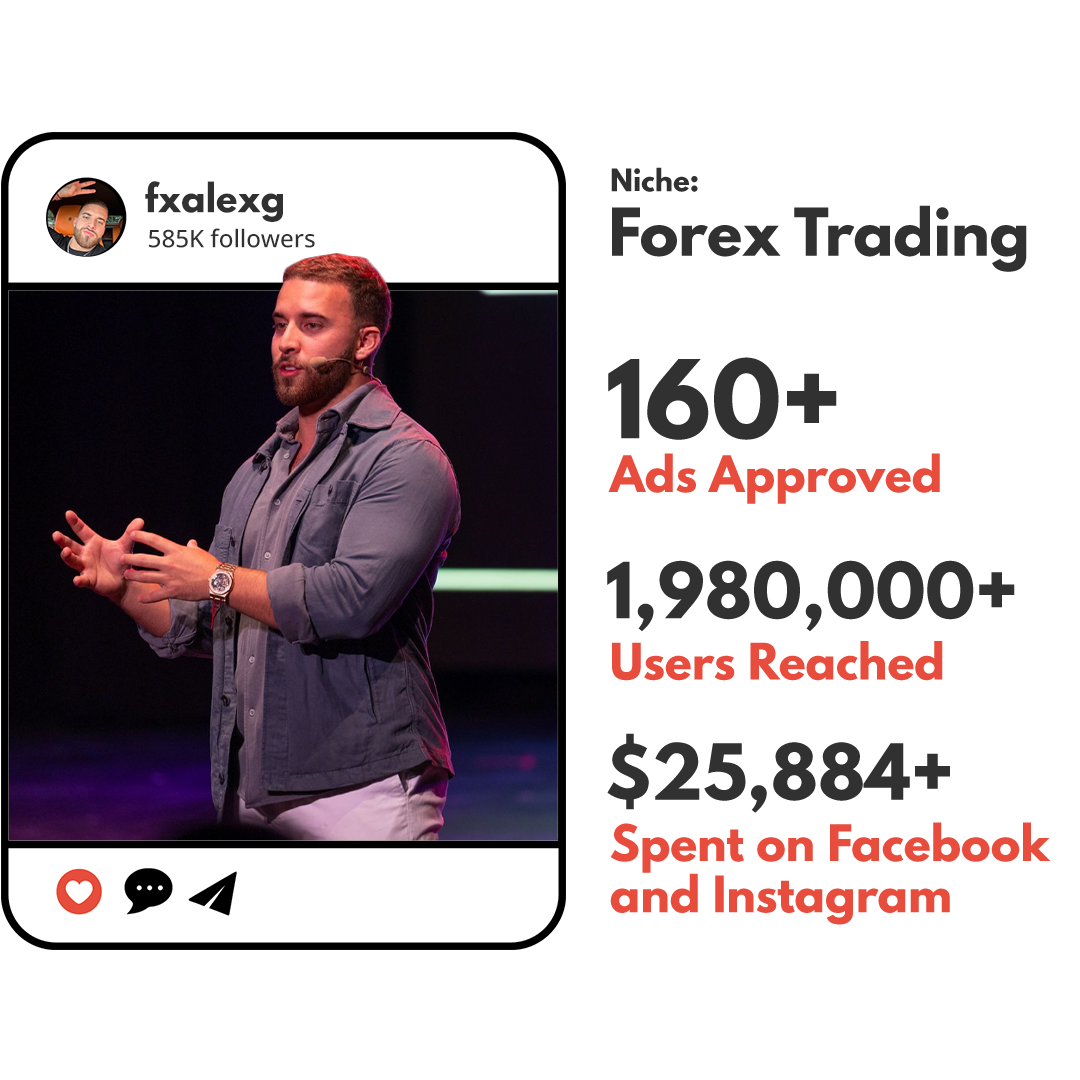
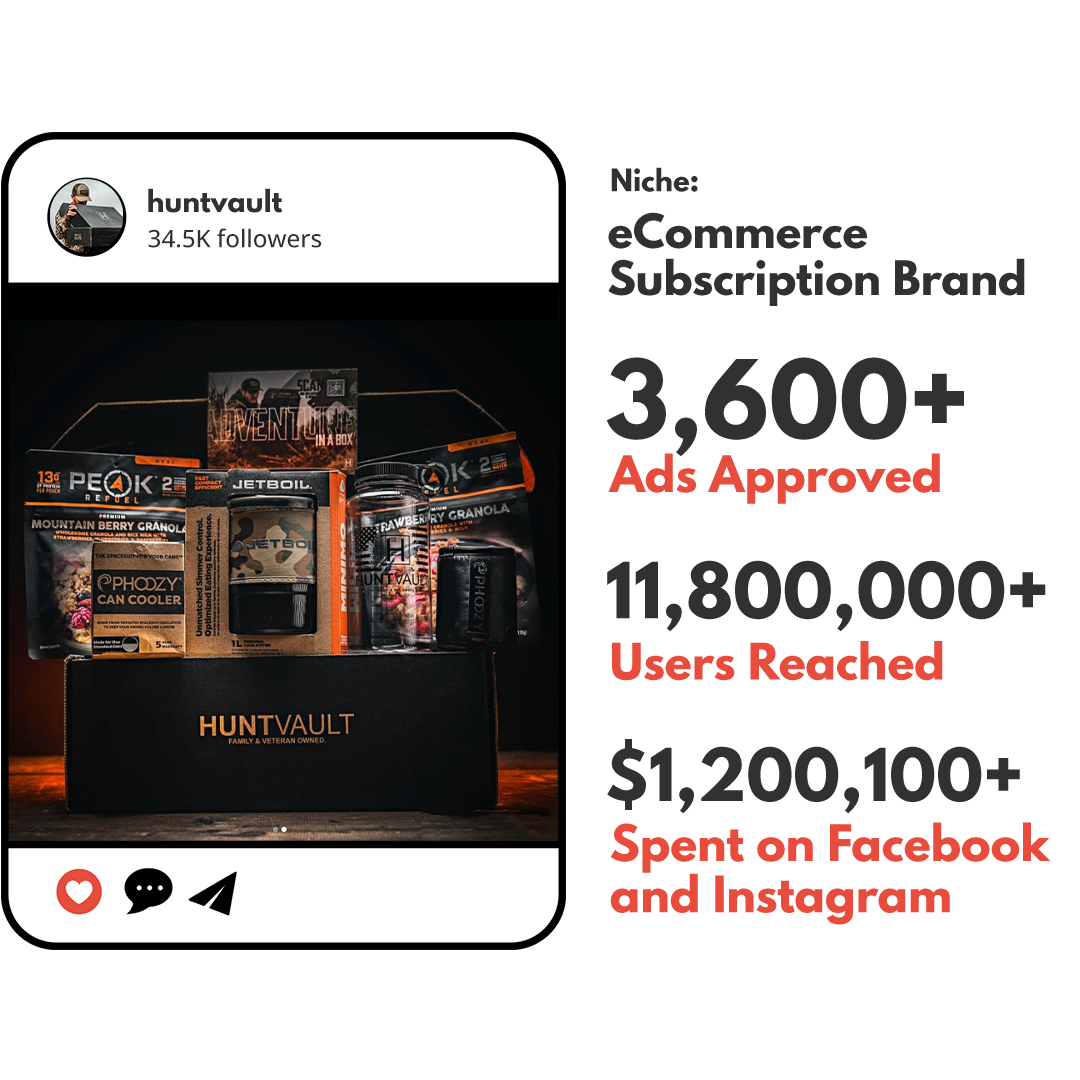


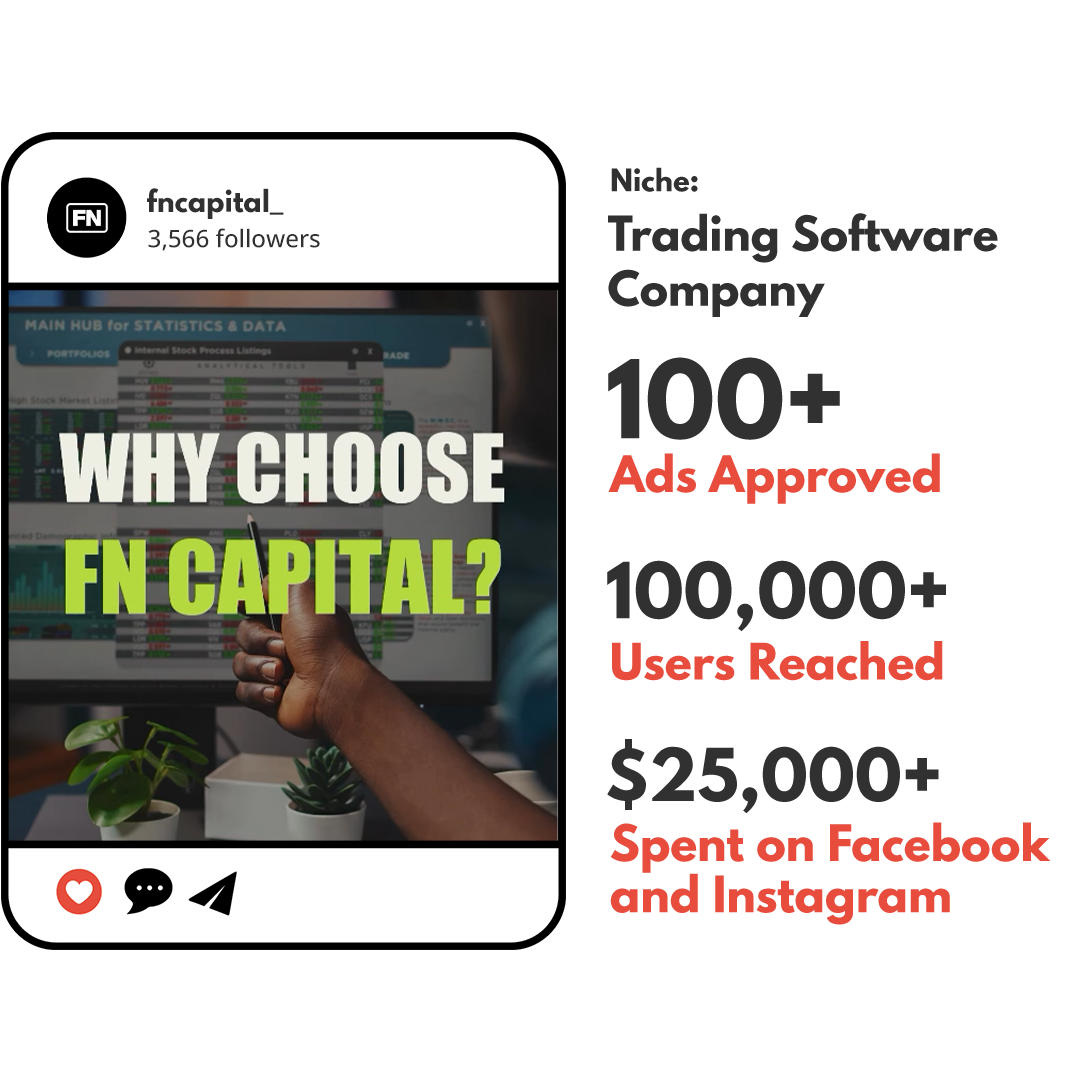
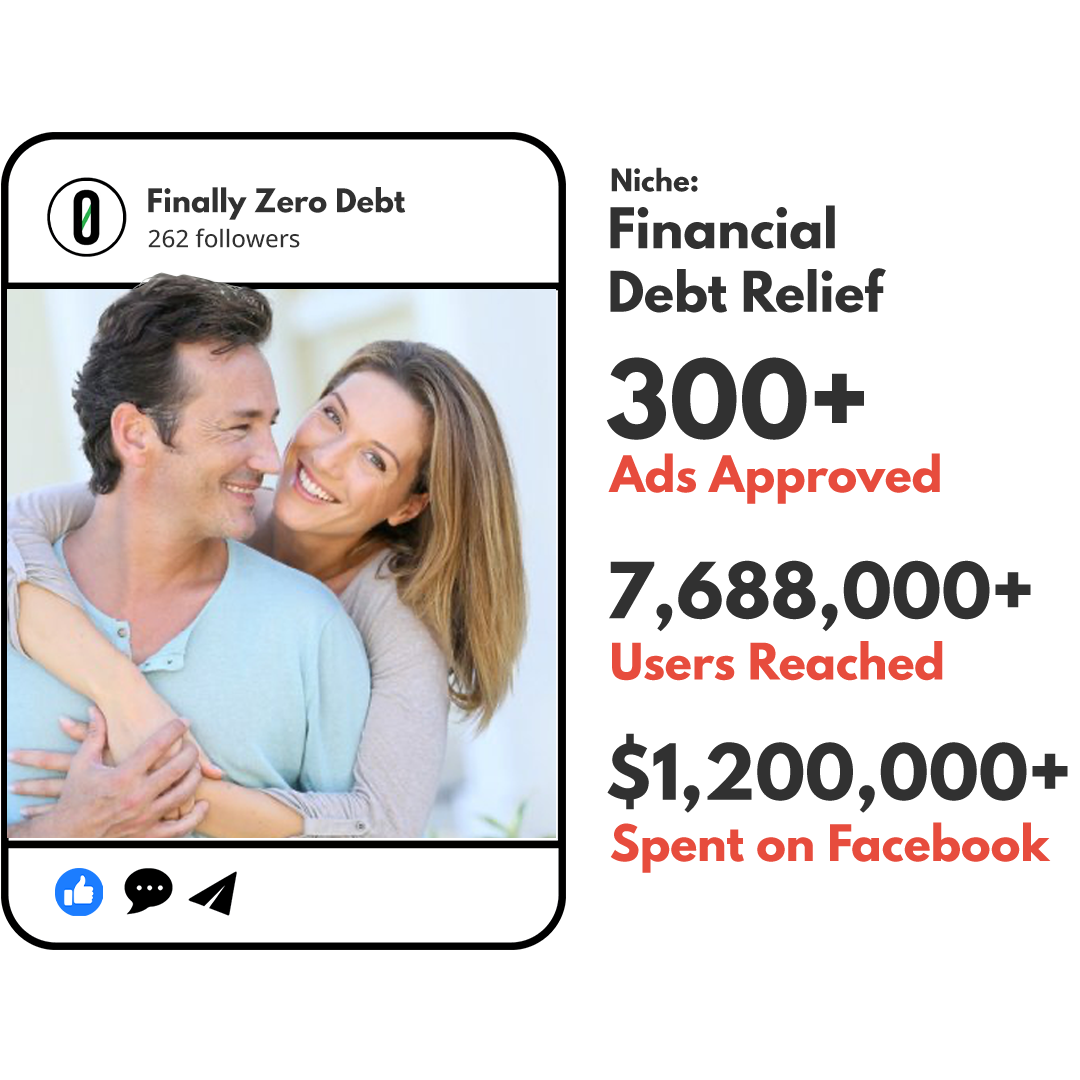


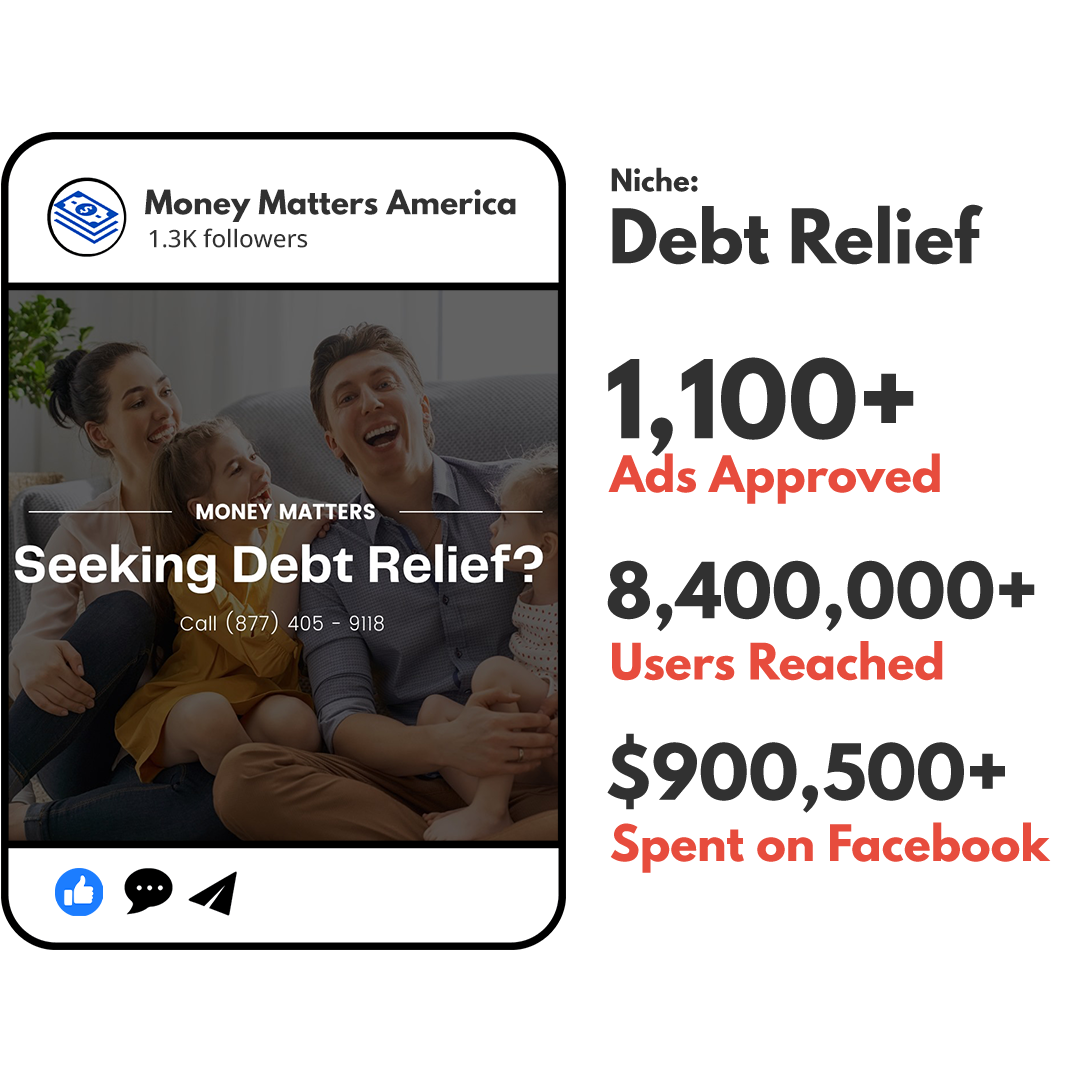
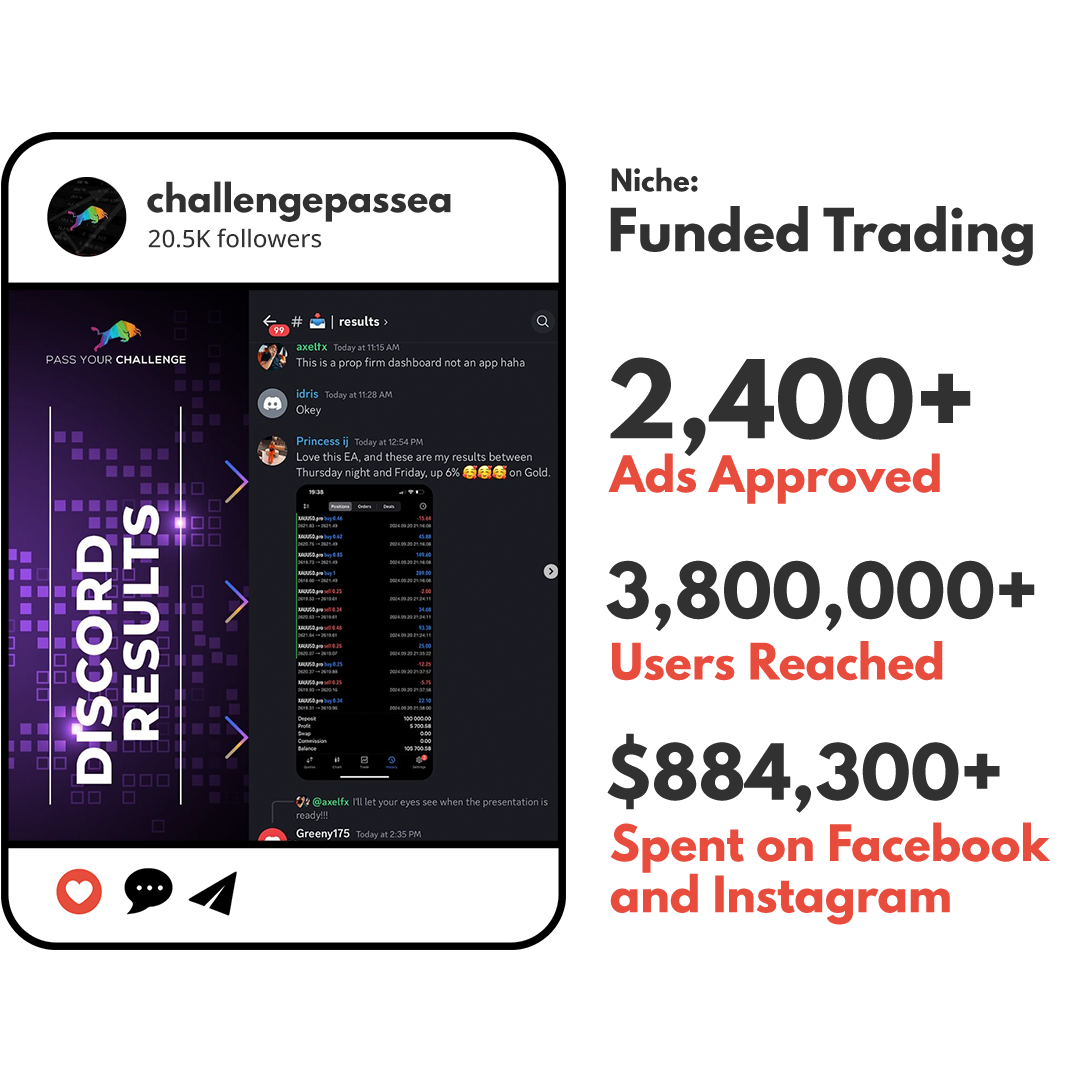
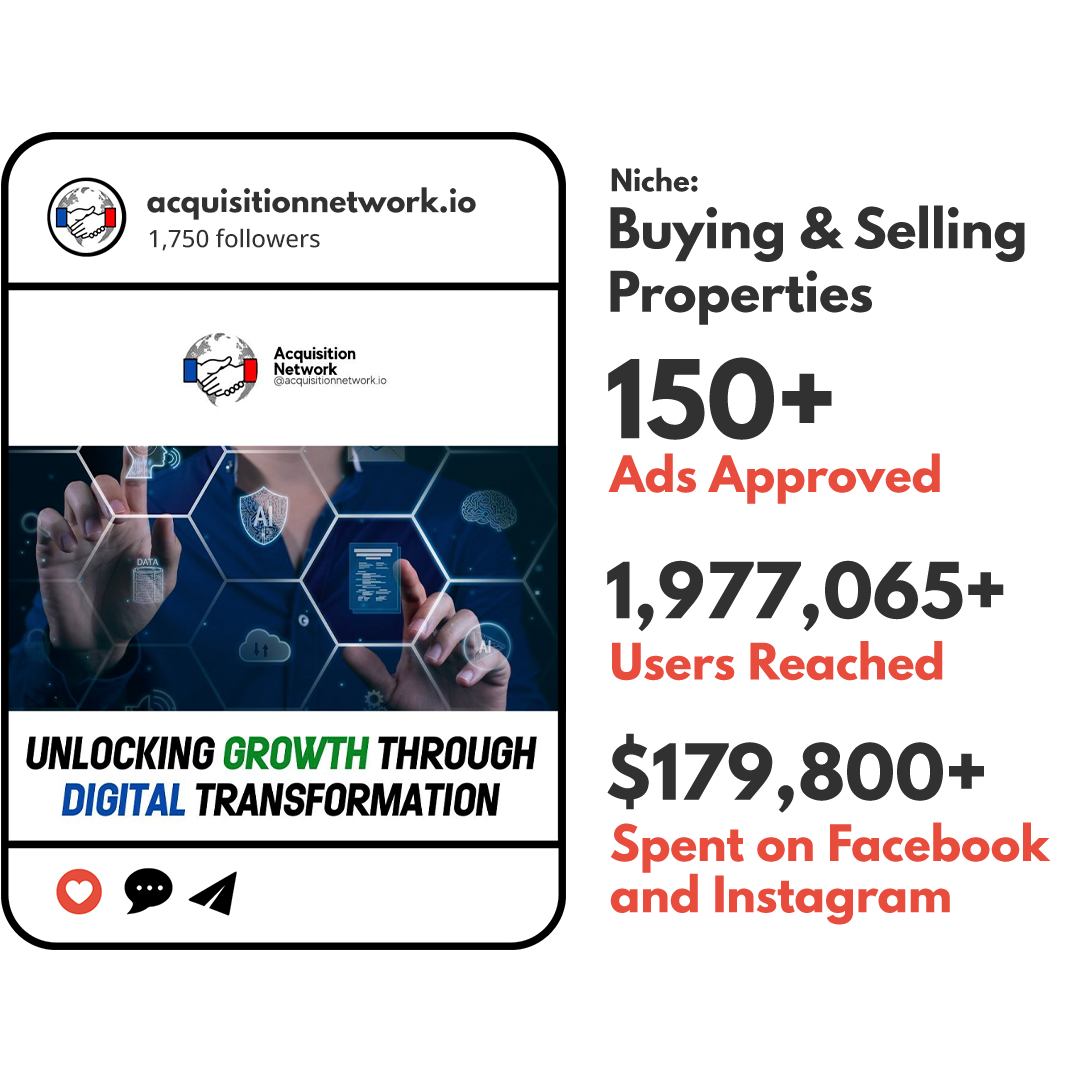


Facebook Agency Ad Accounts
Say goodbye to daily spend limits, account disables, restrictions, and ad rejections.
Unlimited Ad Spend: Scale your campaigns without worrying about daily limits.
Seamless Compliance: Stay compliant with Facebook's policies and avoid disruptions with our support.
Expert Support: Get guidance and support from our team for operational, API & Technical Support
Data-Driven Performance: Harness the power of data for optimal ad performance.

Best Practices for Designing High-Ranking Landing Pages: A/B Testing in Facebook Ads
Best Practices for Designing Landing Pages That Rank Well: The Importance of A/B Testing in Facebook Ads

Creating a landing page that ranks well in search engines is an essential part of any online marketing strategy. Landing pages are the gateways to your site, and their design directly impacts both SEO and conversion rates. In addition, A/B testing plays a crucial role in optimizing Facebook ads, ensuring that your landing pages perform at their peak.
In this post, we will explore the best practices for designing high-ranking landing pages and how A/B testing in Facebook ads can improve overall performance.
1. Focus on SEO-Optimized Content
The foundation of any landing page that ranks well in search engines is SEO-friendly content. This includes:
Primary Keywords: Identify target keywords that are relevant to your business and integrate them naturally into your landing page copy, headers, and meta descriptions.
Clear Headlines: Use clear, compelling headlines that include your primary keywords to grab attention while improving search rankings.
Alt Text for Images: Ensure all images have SEO-optimized alt text, describing the image and including a keyword where appropriate.
SEO-driven content makes your landing pages more discoverable and improves visibility on search engines like Google.
2. Ensure Mobile Responsiveness
With the majority of online users browsing on mobile devices, it’s critical that your landing pages are fully optimized for mobile. Google prioritizes mobile-friendly sites, so responsive design is key to ranking well. Your landing pages should:
Load Quickly: Ensure fast load times, as slow pages lead to high bounce rates.
Readable Text: Use larger fonts and concise paragraphs to make your content readable on smaller screens.
Clickable CTAs: Ensure buttons and CTAs are easy to tap on mobile devices.
Mobile responsiveness not only helps with SEO but also improves user experience and engagement.
3. Design for User Experience (UX)
User experience (UX) is another critical factor in designing landing pages that rank well. Search engines, like Google, measure metrics like time-on-page and bounce rates to determine how useful your landing page is to users. To improve UX:
Keep It Simple: Use a clean, intuitive design that guides users naturally through the content.
Place Important Elements Above the Fold: Ensure your headlines, key messages, and CTA buttons are visible without the need for scrolling.
Add Trust Elements: Include customer testimonials, trust badges, and reviews to build credibility and encourage conversions.
The more engaged users are, the better your page will rank.
4. Importance of A/B Testing in Facebook Ads
A/B testing, also known as split testing, is an essential strategy for optimizing Facebook ads. It allows you to test different variations of your ad creative, copy, or targeting to determine which version performs better. Here's why A/B testing is critical for landing pages:
Optimizing Ad Performance: By running A/B tests, you can determine which ads generate the most traffic to your landing pages, helping you focus on high-performing creatives.
Improving Conversions: Test different headlines, CTAs, and designs to see which landing page version leads to more conversions from your ads.
Maximizing Ad Spend: Facebook ads can get costly, but A/B testing helps you allocate your budget to the highest-performing versions, making your campaigns more efficient.
To run effective A/B tests, change only one variable at a time (such as a headline or button color) and monitor results over a significant period to gather enough data.
Conclusion
Designing landing pages that rank well and perform efficiently is a blend of good SEO practices and user experience optimization. Additionally, A/B testing in Facebook ads is essential for ensuring your landing pages are driving meaningful traffic and conversions. By following these best practices, you can create landing pages that not only rank high in search engines but also convert at a higher rate.
Want to learn more about the Best Practices for Designing High-Ranking Landing Pages: A/B Testing in Facebook Ads? Learn more today and start attracting more customers to your local business!
Don't miss out on our new blogs at adswithfinesse.com.

© 2024 Ads with Finesse | Terms & Conditions | Privacy Policy
Ads With Finesse continually stays up to date with Meta & Google marketing changes related to policies, tools, products and more.
